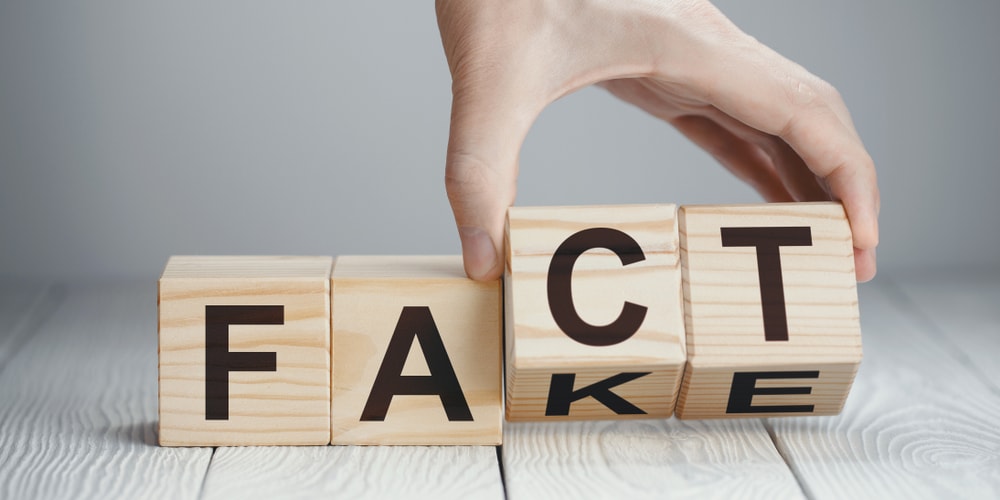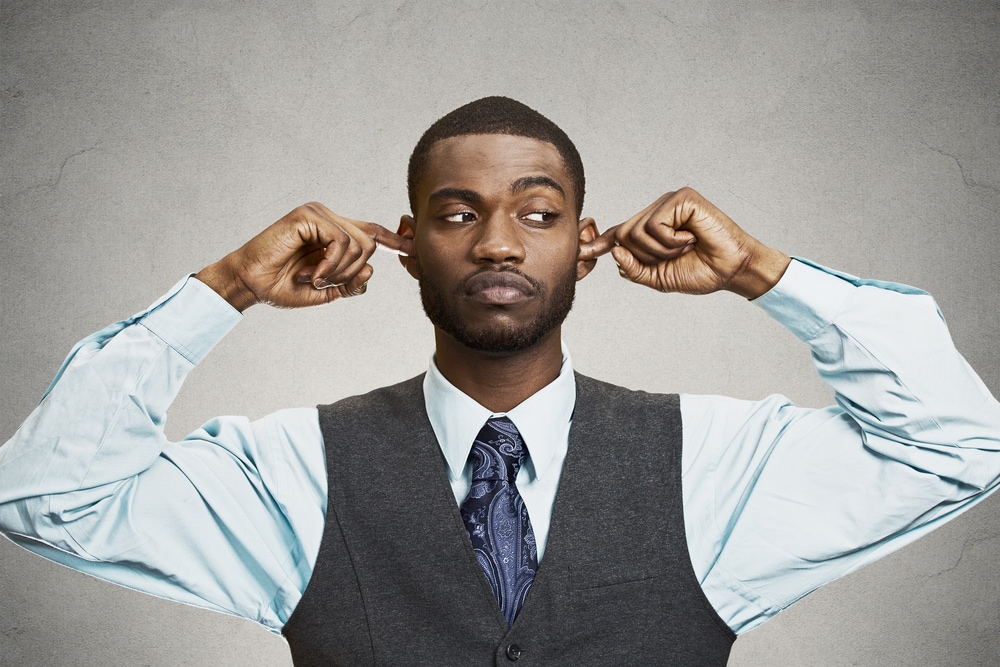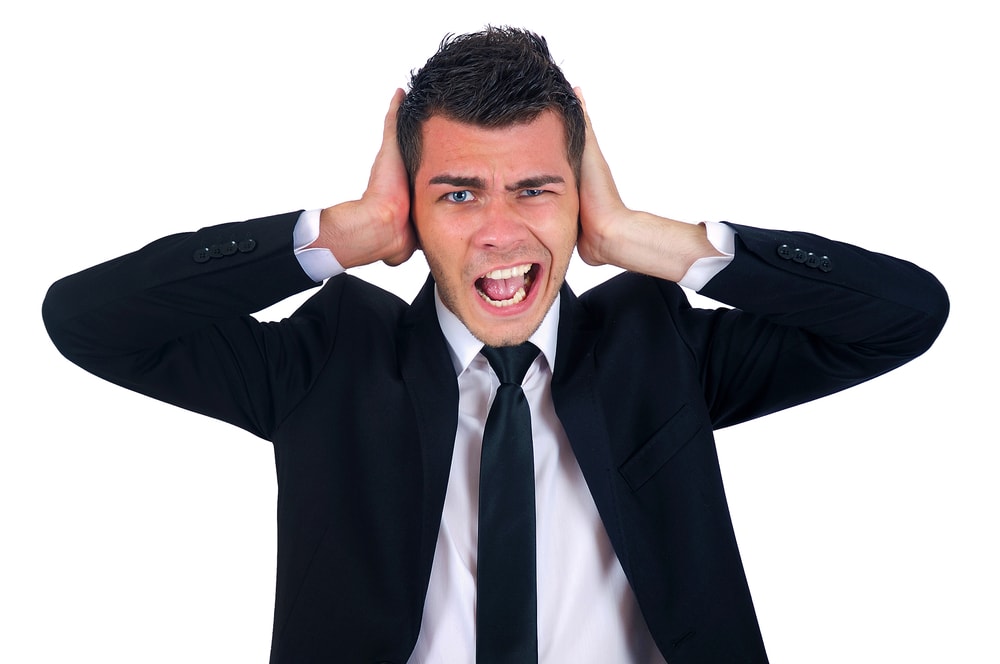
How to stop disinformation before it kills you
When you do your own research on the Internet, you’re as likely to find disinformation as true information. Learn how to spot disinformation.
How can you best sort out what’s true, what’s false?
Disinformation sows many seeds of confusion, spreading rumors and lies about:
- Who won the 2020 U.S. presidential election?
- Was there a riot at the U.S. Capitol on January 6?
- Is climate change real, and is it caused by humans?
- Is COVID-19 real or a hoax? And is it safer to be vaccinated or unvaccinated?
The stakes are highest on COVID. It’s a life and death issue. I’m sad to see that:
- How to prevent disease is a political wedge issue in a divided country.
- People are suffering and dying needlessly.
- People don’t know how to sort out information and disinformation, how to balance risks, and how to survive the pandemic.
Disinformation about COVID is spiking as the U.S. enters the fourth wave of the pandemic. In July, misinformation that vaccines don’t work ballooned 437%, while the lie that they contain microchips rose 156%, Zignal Labs found.
In my home state of Illinois, the legislature and governor recently passed a law that requires high-school kids to take a class on information literacy. High school kids will learn how to distinguish good information from bad information.
This is a necessary and positive step, but for too many people it’s too little, too late.

That’s why I offer 25 questions to help you tell bad information from good.
These are questions you’d hear in any newsroom. As an avid newspaper reader, reporter, and editor, and as head of media relations for a Fortune 100 company, I learned which questions to ask.
Ask, “Oh, yeah?” before you believe what you hear, see or read
I encourage you to think for yourself. Approach information with healthy skepticism.
Question media and authorities – the good ones can withstand it. Use these questions to foster your healthy skepticism:
-
Do multiple sources on both sides agree on the facts?
This is why I read the left-wing New York Times and right-wing The Wall Street Journal every day. When the left and right agree on the facts, there’s a good chance they’re true.
-
Does the medium balance accuracy and speed?
Remember the newspaper headline, “Dewey defeats Truman”? News media make mistakes when they try to call the shot too soon. The CDC makes mistakes by releasing and updating information too slowly to make it truly useful.
-
Does the medium cite its sources of information?
Good media say who are the sources they got information from. They record events, link to online sources, and take other steps to establish a paper trail for facts.
-
Is the medium driven by facts and data?
Good thinking begins with facts and data. But not all data are equal. For example, surveys and polls, in particular, can mislead, as the past couple of presidential elections revealed. Ask: Who were the survey respondents? Was the sample size adequate? Do respondents represent the larger population or just a subset? Is it possible to draw the opposite conclusion from the same set of findings?
-
Does the medium cast issues in binary terms?
Oversimplifying the news happens way too often. The world is more complex than left and right, black and white. Real reporting goes well beyond the binary and explores complexity.
-
Does the medium or source contradict itself?
Fox News was once united about COVID-19 being a hoax, but over time its commentators have divided on whether to be pro- or anti-vaccine, Vanity Fair reports. When a medium or source contradicts itself, be suspicious.
-
Does the medium proofread its stories?
When you find misspellings, inconsistent data, and grammar errors in an article, chances are that the medium is just as sloppy with facts.
-
Does the medium include bylines?
Bylines identify who wrote the story. Our blog includes a byline so you know who said it and who stands by it.
-
Is the medium paid or free?
Not all media are equal. Paid media have more reporters and resources for fact-checking than free media, so they are more able to report accurately. That said, even paid media can get stories wrong sometimes. No one’s perfect.
-
Does the medium or source ever admit, “We don’t know”?
At any point in time, especially with new topics like COVID-19, there are many unknowns. The best reporters admit upfront what’s unknown, even what’s unknowable.
-
Is the source authentic or made-up?
Are the sources’ credentials and authority real? In politics, it’s common to create fake organizations with names that sound authoritative but are not what they appear to be. Where does their money come from? That’s the best indicator of what organizations do.
-
Is name recognition conflated with expertise?
Robert Kennedy Jr. has a famous name, but that doesn’t mean he knows a thing about vaccines. Don’t fall for known names. Focus on facts.
Become a more skeptical consumer of content. -
Does the medium distinguish between opinions and news?
All opinion pieces should be labeled as editorials, never to confuse with the news. Conflating news and opinions is a mortal sin– one that’s committed by journalists more and more often, unfortunately.
-
Does the medium distinguish correlation from causation?
Two things that happen maybe a coincidence. Or one may cause the other. Is the medium clear about what’s a coincidence, what’s a cause, and what’s an unproven hypothesis?
-
Does the medium ever admit it was wrong?
Media that correct wrong reports are superior to those that deny every mistake. Everyone makes mistakes, and to maintain credibility, people need to admit to their mistakes.
-
Do information consumers ever admit we could have been wrong?
We consumers of news need to be willing to admit that we were sometimes wrong, especially when new facts emerge. We must be willing to learn, unlearn and relearn as necessary.
-
Do I seek out news outlets that confirm what I already believe?
Psychologists know, people hear what they want to hear and ignore things that challenge their beliefs. This human behavior is called confirmation bias, and it’s the reason that facts alone seldom change people’s minds. Be brave enough to listen to others and hear from credible sources who have another viewpoint. Be brave enough to change your mind when it’s warranted.
-
Was the story consistent?
Health experts’ messaging on COVID-19 has been hard to swallow largely because it’s been so inconsistent. Experts misled people about whether and when to wear masks. They’ve made mistaken predictions, costing credibility. They gained credibility by changing stories as new facts about COVID-19 emerged. The final FDA approval for vaccines has been painfully slow – a case of perfect science is the enemy of a timely public health decision.
-
Does the medium or source contradict itself outright?
Politicians are most guilty of this. For example, Minority Leader of the U.S. House of Representatives Kevin McCarthy clearly contradicts what Kevin McCarthy said about the January 6 Capitol riot – here’s the video. Never believe anyone who tries to change the facts after admitting they were true. Believe your own eyeballs and ears instead.
-
Who benefits from spreading misinformation?
Author Amanda Ripley points out that audiences are exploited by “conflict entrepreneurs” who deceive people. They are motivated by money, notoriety, political power, or the need for a cover-up. Ask yourself, who wins by misleading you – and what do they hope to gain?
-
Does the medium or source withstand questions?
People who don’t answer questions often have something big to hide. Credible sources don’t refuse to answer journalists’ questions. They avoid saying, “No comment.” They don’t attack journalists or questioners or accuse the news media of being enemies.
-
Does the medium stifle its critics?
For example, Facebook recently dismantled a mechanism that enabled academics to check its political ads for disinformation. What’s worse, Facebook lied about why they did it – blaming the Federal Trade Commission. See The Wall Street Journal story.
-
Does the source talk over your heads to confuse you?
Too many so-called “experts” use mumbo-jumbo, acronyms, and jargon to talk over their audiences’ heads. Sometimes it’s because they lack communications skills, but often it’s because they are intentionally deceiving an audience.
-
Do readers get a voice?
When you can comment on an article, write a letter to the editor or connect with a reader’s advocate, the medium is more trustworthy than those that allow only one-way communication.
-
Are the pictures and videos I saw real?
Deep fake videos get better every year, as this NBC video shows. Soon, you won’t be able to believe it just because you’ve seen it. The state of misinformation is becoming ever more perilous.
Ramifications of Disinformation
Misinformation has the potential to undermine the prospects and careers of people in journalism, marketing, communications, and politics.
But the issue is much bigger than any one industry or field. Democracy itself depends on a well-informed electorate. Otherwise, democracy is a house built on sand, destined to erode.
During a pandemic, disinformation is killing people every day. It must be stopped by a literate, skeptical person like you.
Ask the right questions and save a life – maybe someone among your friends and family, maybe your own.


